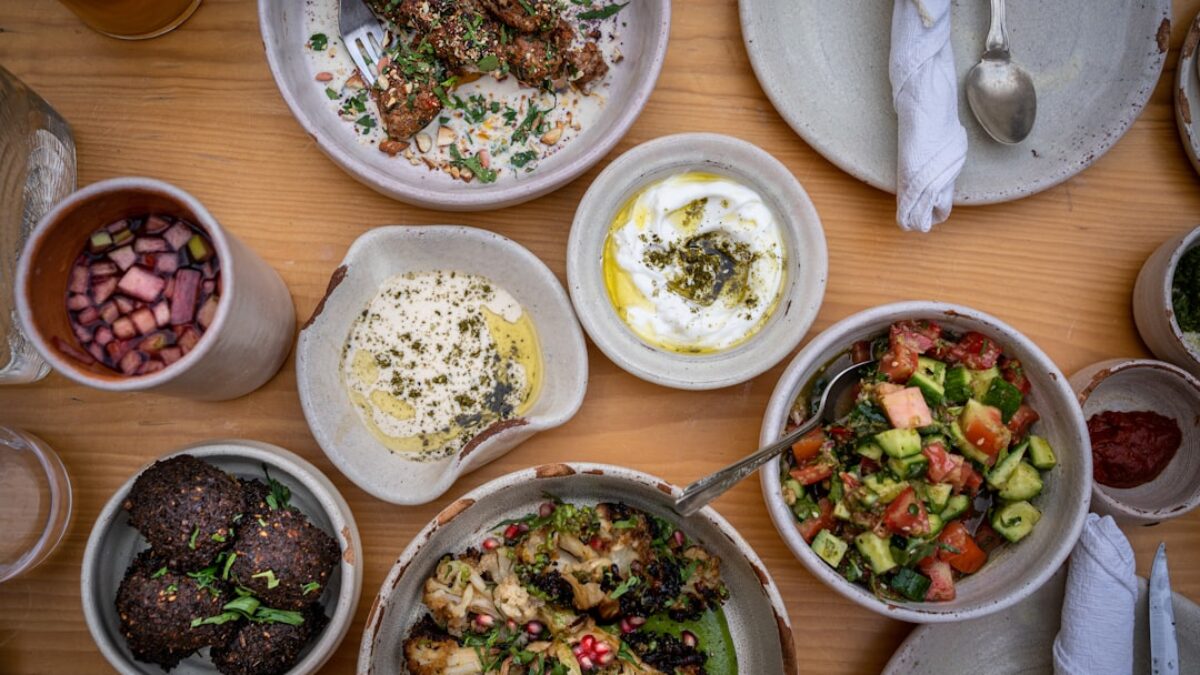Ramadan brings spiritual renewal, family gatherings, and cherished traditions. Yet the long fasting hours often tempt us into post-sunset feasts that leave us sluggish, bloated, and spiritually distracted. This article delivers evidence-based strategies for smart Ramadan fasting—practical steps that help you honor the fast, avoid overeating, and maintain steady energy from suhūr to iftār and beyond.
Understanding Smart Ramadan Fasting
Smart Ramadan fasting is the intentional application of nutritional science, mindful eating, and time-restricted feeding principles within the Islamic framework of sawm. Rather than focusing solely on the absence of food and drink, it emphasizes what, when, and how we nourish the body during the permissible eating windows.
The Physiology of Fasting in Ramadan
During the 12–18-hour daily fast, the body transitions through four distinct metabolic phases:
- Glycogen depletion (0–6 hours): Liver glycogen drops, blood-glucose levels stabilize.
- Gluconeogenesis (6–12 hours): The liver manufactures glucose from amino acids and lactate.
- Ketosis (12+ hours): Fatty acids are converted to ketone bodies, the brain’s alternate fuel.
- Protein conservation (16+ hours): Growth hormone rises, muscle breakdown slows.
By aligning meal composition and timing with these phases, you can minimize hunger, preserve lean tissue, and maintain cognitive clarity.
Key Components of Smart Ramadan Fasting
1. Strategic Suhūr Design
The pre-dawn meal is the anchor of sustained energy. It should:
- Deliver slow-release carbohydrates (oats, whole-grain couscous, barley) to top up glycogen.
- Provide high-quality protein (eggs, Greek yogurt, cottage cheese) to curb muscle catabolism.
- Supply healthy fats (avocado, nut butters, olives) to prolong satiety.
- Include fiber-rich produce (berries, leafy greens) to slow gastric emptying.
Example Suhūr Plate
| Food Group | Portion | Nutritional Role |
|---|---|---|
| Rolled oats (cooked) | 1 cup | Slow carbs + soluble fiber |
| 2% Greek yogurt | ¾ cup | Casein protein + probiotics |
| Chia seeds | 1 Tbsp | Omega-3 fats + hydration |
| Berries | ½ cup | Antioxidants + volume |
| Water + pinch of salt | 500 ml | Hydration + electrolytes |
2. Mindful Iftār Rituals
The moment of breaking fast is both spiritual and physiological. A structured iftār sequence prevents the “feast-and-crash” cycle:
- Date + water: 1–2 dates restore glucose quickly; 250 ml water rehydrates.
- Light soup or broth: Adds electrolytes and pre-loads the stomach with volume.
- Protein-forward entrée: Grilled fish, chicken, or legumes stabilize blood sugar.
- Complex-carb side: Quinoa, brown rice, or sweet potato in a fist-size portion.
- Colorful vegetables: Fill half the plate for micronutrients and fiber.
- Dessert—if desired: Opt for fruit-based sweets in modest portions.
3. Hydration Mastery
Dehydration is the primary driver of fatigue, headaches, and overeating. Aim for:
- 2.5–3 L total fluid between iftār and suhūr.
- Electrolyte balance: Add a pinch of Himalayan salt, coconut water, or oral rehydration salts.
- Sequential sipping: 250 ml every 30–45 minutes rather than large gulps.
- Limit diuretics: Coffee and black tea after iftār only; avoid within 4 hours of suhūr.
Benefits and Importance
Physical Benefits
- Metabolic flexibility: Regular cycles of fasting and feeding improve insulin sensitivity.
- Weight management: Moderate caloric deficit leads to fat loss while preserving muscle.
- Digestive rest: A 12-hour nightly fast allows the gut to repair the intestinal lining.
Spiritual and Cognitive Benefits
- Enhanced khusūʿ: Stable blood sugar reduces irritability and brain fog, improving focus in ṣalāh and Qur’ārecitation.
- Neuroplasticity boost: Ketone bodies up-regulate brain-derived neurotrophic factor (BDNF).
- Gratitude cultivation: Mindful eating heightens appreciation for Allah’s provisions.
Practical Applications
Sample Daily Timeline (Northern Hemisphere, 15-hour fast)
| Time | Action | Smart Tip |
|---|---|---|
| 04:15 | Suhūr | Pre-portion oats & yogurt in mason jars the night before |
| 04:35 | Fajr & Fajr adhkār | Finish water bottle #1 (500 ml) |
| 05:00–12:00 | Work/School | Stand or stretch every 60 minutes to aid circulation |
| 12:00–15:00 | Low-intensity tasks | Schedule meetings that require less cognitive load |
| 15:30 | 20-minute power nap | Use eye mask and set alarm to avoid grogginess |
| 18:45 | Light iftār prep | Chop salad while listening to Qur’ā |
| 19:08 | Iftār | Follow the 6-step ritual above |
| 19:45 | Maghrib prayer | Drink 250 ml water before heading to masjid |
| 20:30 | Main dinner | Plate method: ½ veg, ¼ protein, ¼ complex carb |
| 22:30 | Light snack (optional) | Greek yogurt + berries OR handful of almonds |
| 23:00 | Pre-sleep routine | Fill water bottles for suhūr; set out clothes |
Smart Cooking Swaps
- Replace deep-fried samosas with baked phyllo parcels stuffed with spiced lentils.
- Swap sugar-laden Vimto for homemade infused water (strawberry-mint or cucumber-lime).
- Trade white rice kanji for cauliflower-rice porridge fortified with collagen powder.
Exercise Modifications
Ramadan is not the month for personal records, but strategic movement preserves muscle, supports lymphatic drainage, and boosts mood.
Optimal Training Windows
- Post-iftār (45–60 min after light meal): Moderate resistance circuits (body-weight or bands, 20–25 min).
- Pre-suhūr: 15-minute mobility flow to wake up joints and prime digestion.
Sample Resistance Circuit (3 rounds)
- Squat to chair × 15
- Push-ups (knee or full) × 10
- Bird-dog × 12/side
- Glute bridge × 20
- Wall sit (30 sec)
Social Strategies
- Host potlucks mindfully: Assign dishes so no single household is overwhelmed; include a “smart” dish (e.g., quinoa tabbouleh).
- Communicate boundaries: If invited to a late-night dessert gathering, politely eat a protein snack beforehand and focus on socializing.
Frequently Asked Questions
What can I drink during fasting hours to curb thirst?
Nothing—ingestion of any calories or fluids invalidates the fast. However, you can reduce daytime thirst by:
- Maximizing pre-dawn hydration (2–3 cups water at suhūr).
- Adding chia seeds to suhūr; they absorb water and release it slowly.
- Using a cool-mist humidifier at night to prevent overnight dehydration.
If you experience dizziness or dry mouth, rinse the mouth without swallowing water—this is permissible and does not break the fast.
How do I stop bingeing at iftār?
Bingeing stems from physiological hunger + psychological deprivation. Counteract both:
- Break with dates and water standing, then sit down for a 5-minute adhkār pause. This short-circuits automatic eating.
- Plate your food before eating; avoid communal platters that encourage mindless nibbling.
- Include protein and fiber at iftār to trigger satiety hormones (GLP-1, CCK).
If bingeing persists, track triggers in a Ramadan journal and seek support from a dietitian or therapist.
Is intermittent exercise safe while fasting?
Yes, if you follow low-intensity principles:
- Keep heart rate below 60% of max (220 – age).
- Exercise indoors or during coolest part of the day.
- Focus on mobility, yoga, or light resistance bands.
Studies show such activity maintains muscle mass without significant dehydration. End the session immediately if you feel lightheaded.
Can I follow a keto diet during Ramadan?
Full ketogenic macros (< 20 g carbs daily) are challenging because dates and whole grains are sunnah foods. Istead, aim for a moderate-low-carb approach (50–75 g net carbs) centered on:
- Suhūr: eggs, avocado, spinach, small serving of berries.
- Iftār: grilled meat/fish, non-starchy vegetables, controlled portions of brown rice or sweet potato.
Monitor energy levels and adjust carbs upward if Taraweeh prayers feel taxing.
How do I manage heartburn and indigestion at night?
Late, heavy meals combined with reclining posture exacerbate acid reflux. Implement:
- Early dinner—finish main meal ≥2 hours before sleep.
- Smaller portions—use a salad plate instead of dinner plate.
- Elevate head of bed 6–8 inches with blocks or wedge pillow.
- Herbal teas: ginger or chamomile post-meal, served lukewarm.
If symptoms persist, consult a physician about safe antacids compatible with fasting.
What supplements are beneficial in Ramadan?
Focus on micronutrient insurance rather than stimulants:
Multivitamin with iron (for menstruating women). Vitamin D3 + K2 (especially if you spend daylight
























Post Comment